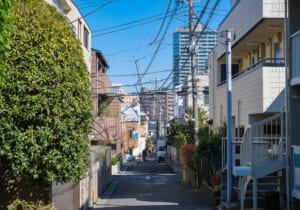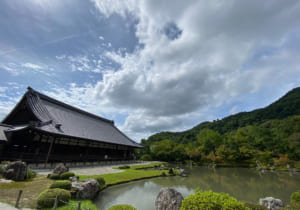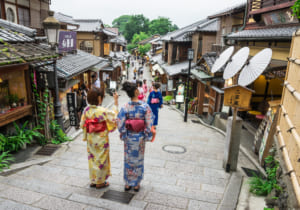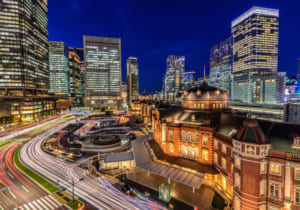- Real Estate in Japan
Things to Consider before buying Kyoto Real Estate
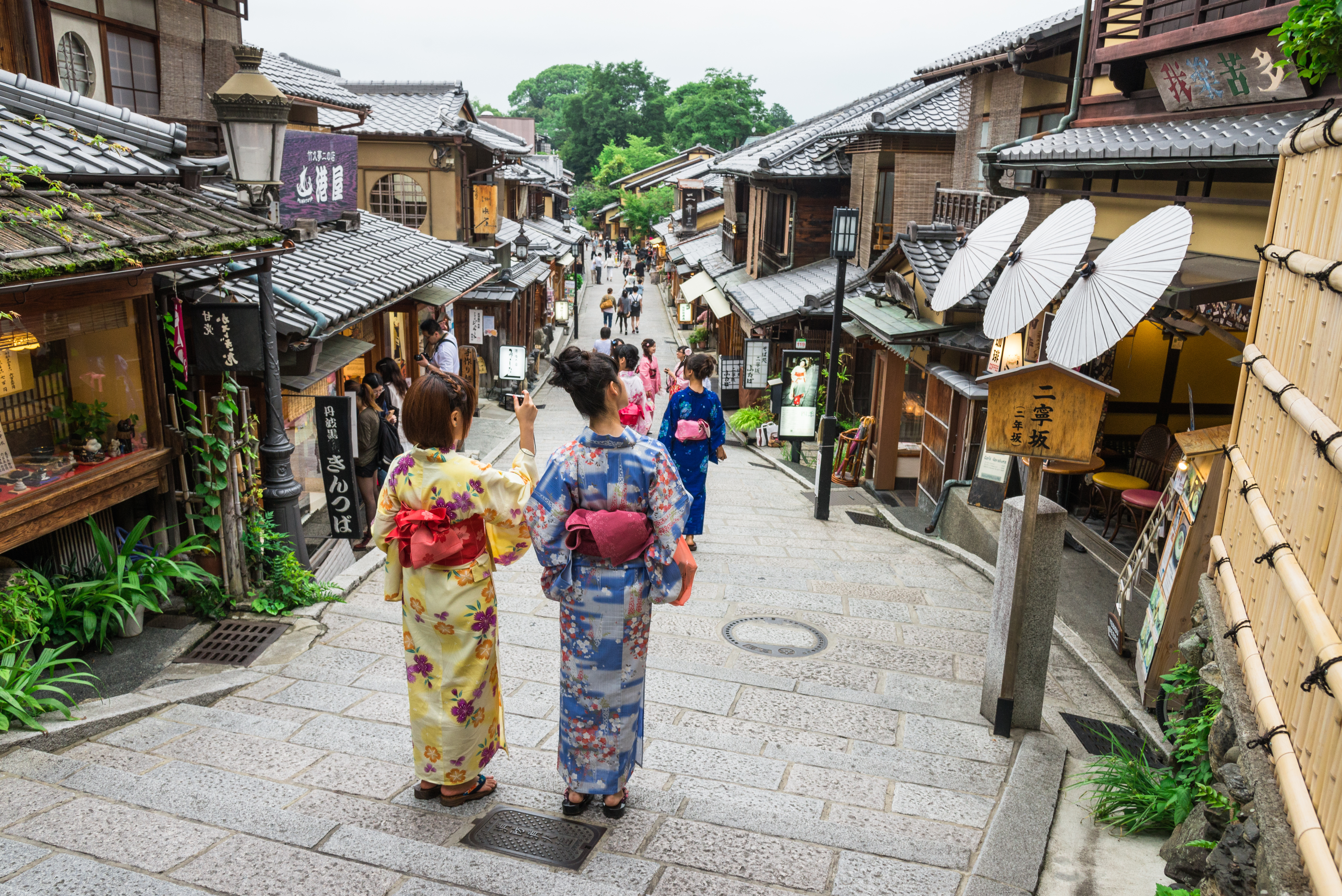
Many visitors are often surprised to see that Kyoto has kept its traditional scenery despite western influences and modernized architectural styles in Japan. While cities are filled with tower buildings, eye-catching advertisements and neon signs, and modernized architecture, you don’t see these in central Kyoto. As a tourist, Kyoto would be an ideal place to relive traditional Japanese culture. However, as my dad often said, “there is no such a thing as a free lunch” and Kyoto residents do pay for such beautiful scenery.
The Landscape Act
Before I introduce the main points of The Landscape Act, I would like to briefly explain the legal basis of the act in Japan. Article 94 of the Constitution states that “local public entities shall have the right to manage their property, affairs, administration and to enact their own regulations within law.”1 In accordance with Article 94 of the Constitution, Kyoto prefecture has implemented “The Landscape Act”, which consists of numerous regulations in order to preserve the traditional scenery and historical sites.
I am not going to explain in-depth The Landscape Act but let me just give you an example of how this act can have an impact on foreign buyers. For example, if you take a look at Figure 1, the city designated areas into 12 types of districts and each district have different levels of regulations. Figure 2 provides an example of standards for Landscape Districts. This is why you do not see a bright red and yellow logo of MacDonald’s in some areas. Although “The Landscape Act” is well-known among local residents, many foreign buyers do not realize that Kyoto has one of the strictest regulations when it comes to protecting traditional scenery and preserving historical sites. I would highly recommend any foreign buyers to read Landscape of Kyoto, which can be accessed at the Kyoto City Website2.
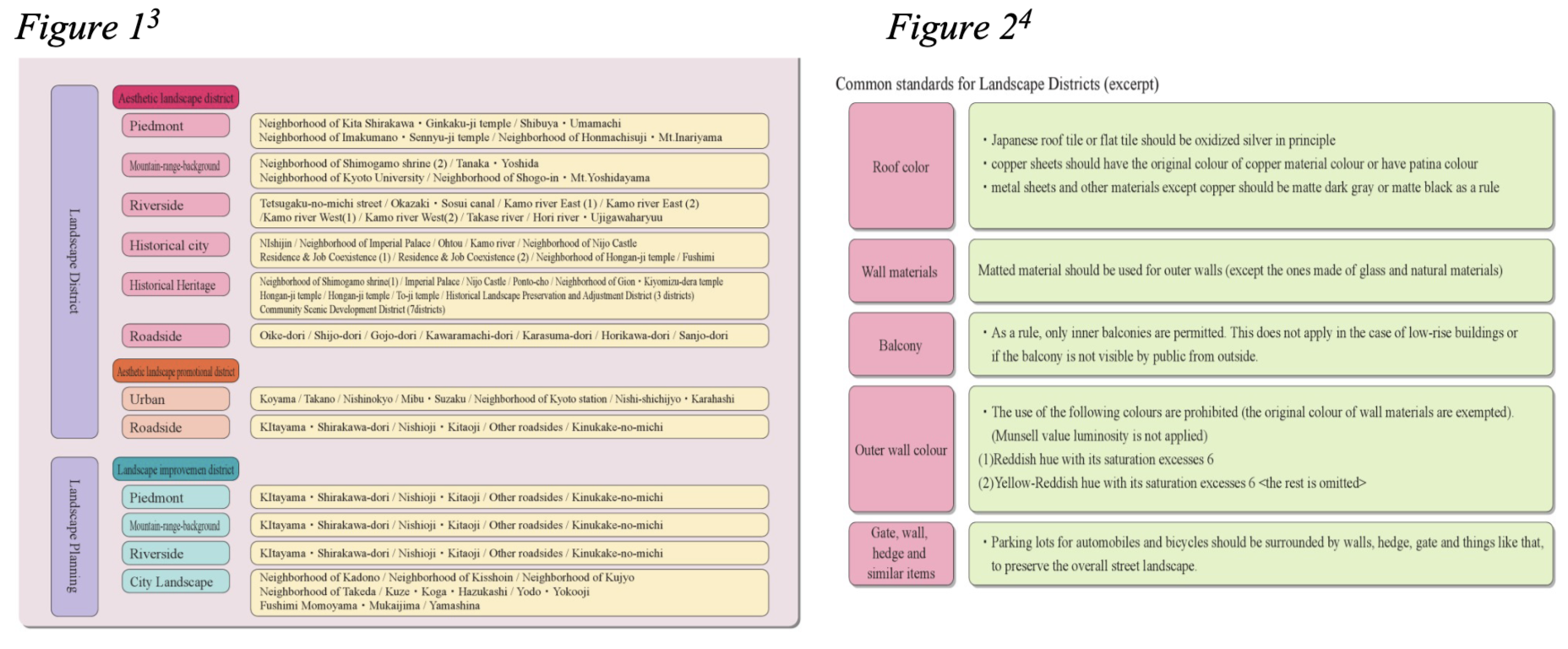
Even though The Landscape Act is very strict, it does protect the view and historical atmosphere. Many foreigners fall in love with Kyoto because of its beautiful scenery and preservation of traditional culture. I think it is important to know the specific regulations of the district, in which you are interested in buying. For example, my American friend brought a house in a Landscape District and later discovered that he cannot add a balcony on the third floor of his house. If he had known, perhaps he may not have purchased a house in that district. So, I highly recommend researching the area before buying in Kyoto.
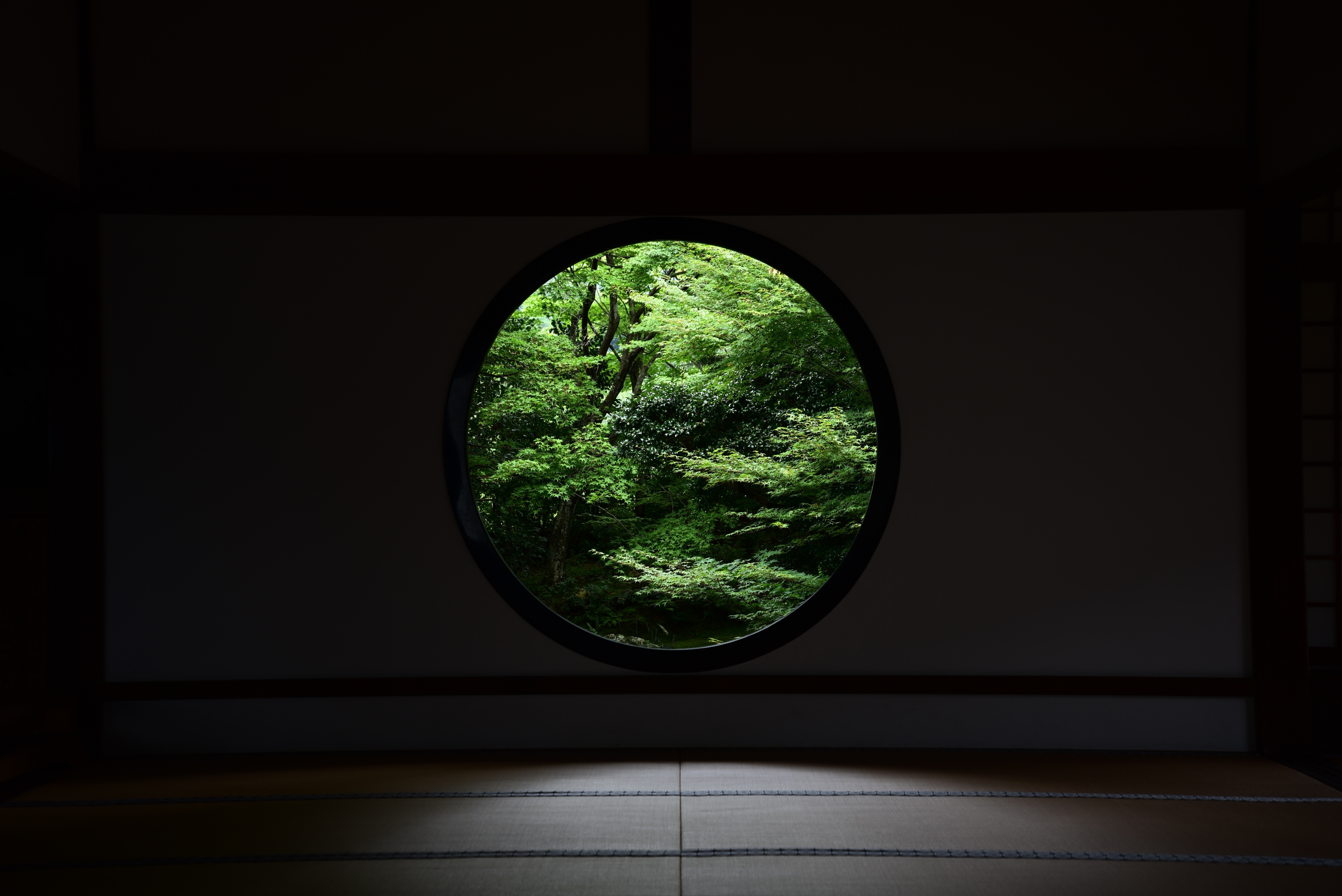
Pros and Cons of Buying a Non-rebuildable Property in Kyoto
What is a non-rebuildable property? A non-rebuildable property is a property that is legally forbidden and unable to be rebuilt by destroying an existing building. In accordance with Article 42 of the Building Standards Law of Article 42, a building’s lot must be in contact with a road by at least 2 m (depending on the conditions). However, it is not necessary to destroy already existing buildings that, which do not comply with Article 42 of the Building Standards Laws of Article 42.
In central areas of Kyoto, most traditional townhouses (Machiya) are non-rebuildable properties. Kyoto was the capital of Japan for more than 1,000 years (from 794 to 1868), and the land price was very high. In order to utilize the land to its maximum capacity, traditional houses were often built very close to the street. Generally, the Building Standards Law defines that, for the purpose of Article 42, a street with a width of 4 m or more is considered to be a “road”. Sometimes, even roads with a width of fewer than 4 m may be deemed considered roads under the Building Standards LawAct. However, there are many narrow roads in the city of Kyoto, so there are many properties that cannot be rebuilt for this reason.
So, why would you even consider buying non-rebuildable properties in Kyoto? First, non-rebuildable properties are often 50~70% reduced from the market price of similar but rebuildable properties in the same area. Second, most of the negative factors are not applicable to Kyoto real estate. Most real estate agents are hesitant to sell non-rebuildable properties because it is difficult to secure mortgages from financial institutions due to the resale value of the land.
However, in Kyoto, this may not be the case anymore. In 2016, the city started a new program called the “Kyomachiya(京町家) Profile.” The Kyomachiya profile is a document (see Figure 3) in which an architectural expert summarizes the design of a building based on an exterior inspection. By receiving this grant, it is proved that the house is a Kyomachiya. On condition of this grant, some financial institutions have begun to offer mortgages.
Figure 35 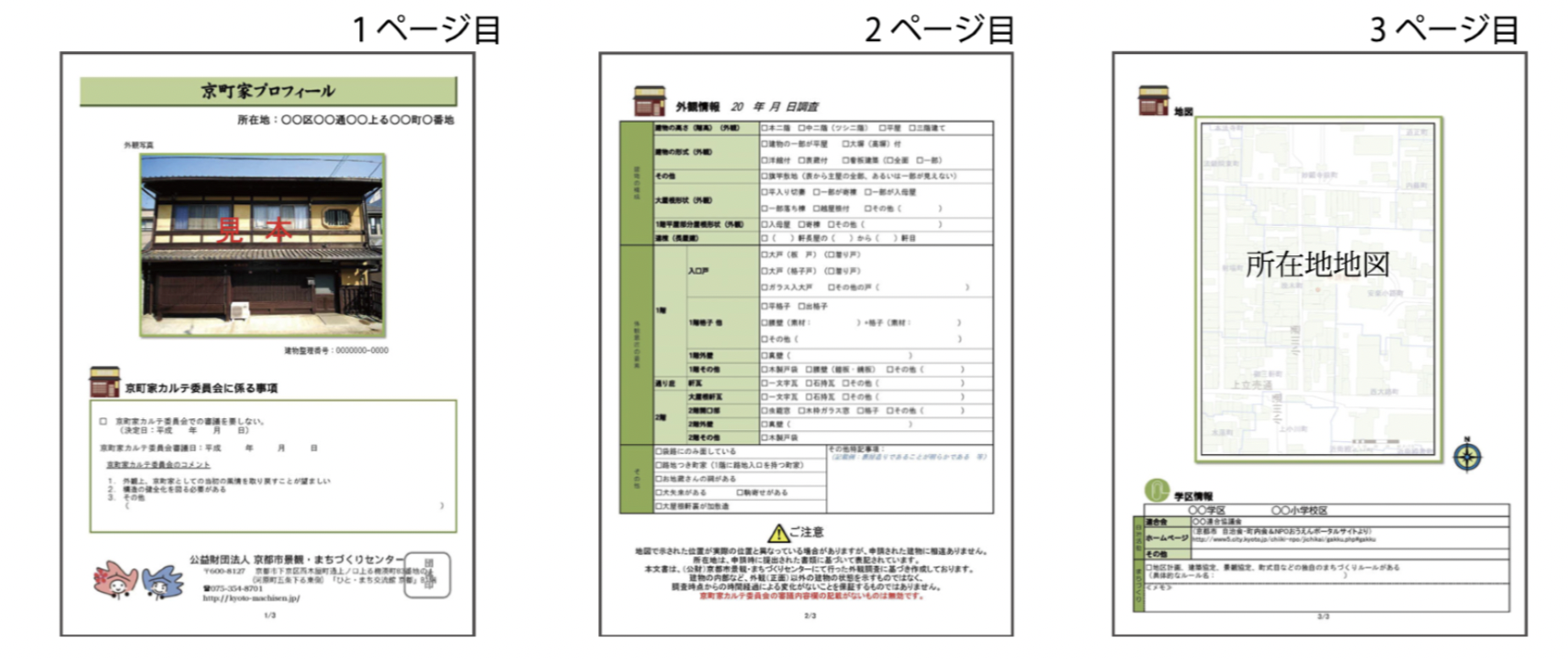
Even though the majority of foreign buyers often pay full in cash, it is good to know that non-rebuildable buildings may have a good resale value in the market. In addition, there are lots of contractors who specialize in renovating non-rebuildable buildings in Kyoto. Generally, renovating a non-rebuildable building is tricky because there are numerous regulations to comply with even though you are not demolishing the building. However, in Kyoto, there are many contractors who specialize in preserving Kyomachiya (Traditional Townhouse) while modernizing the interior so that residents can comfortably live in the house. As long as the renovation does not spoil the taste of “Kyomachiya” it is possible to obtain loans from financial institutions despite the fact that the house cannot be rebuilt.
Buying a real estate in Kyoto can be tricky but as long as you are well informed of all the factors, it should prove would be a great investment.


